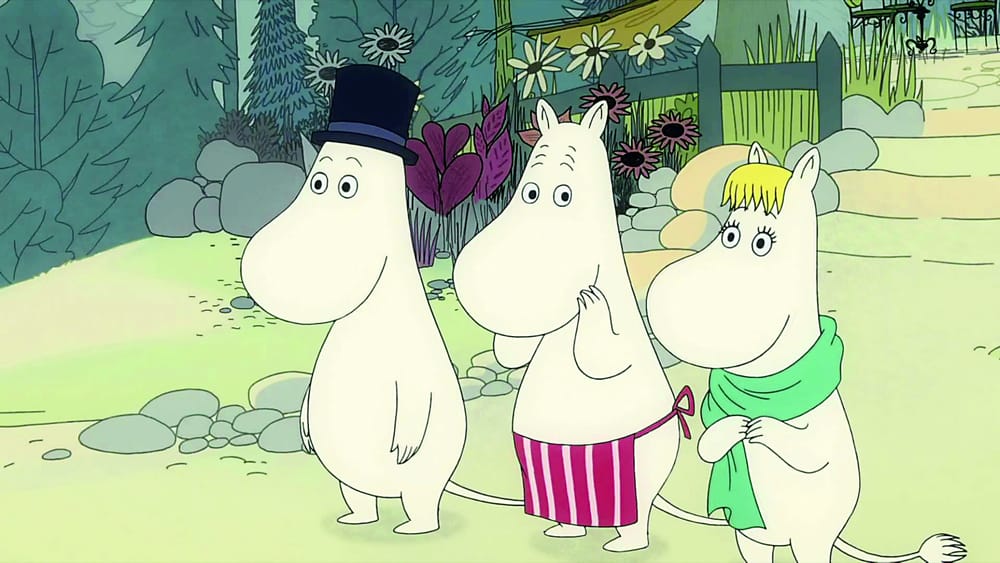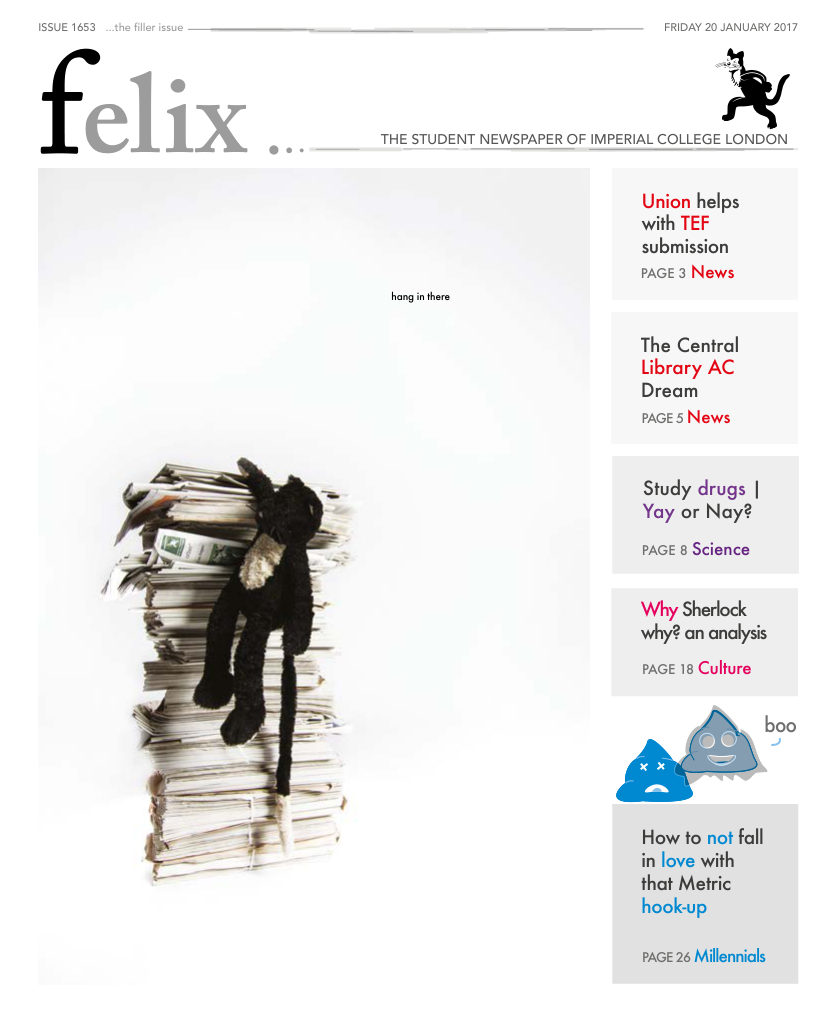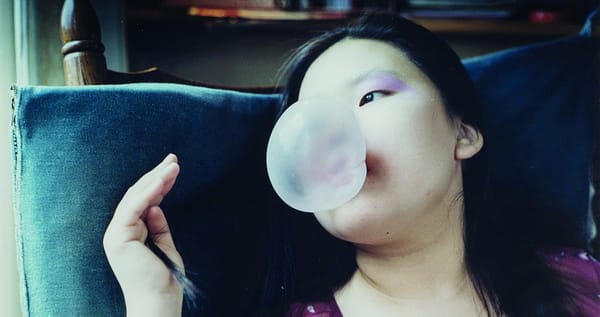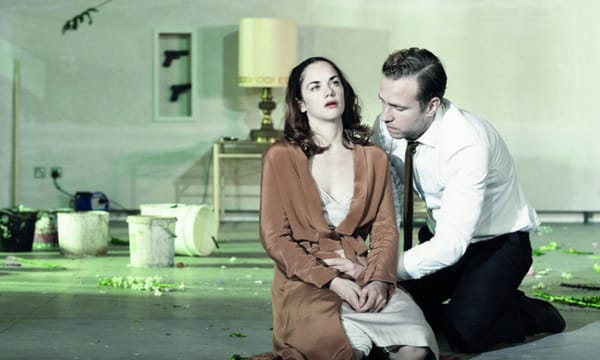Taking a leaf out of Tove Jansson's book
\ The simplicity and warmth of Jansson’s defiance is what is striking: she made books that gave comfort to an oblivious audience, whilst including deeply personal and political messages. \

For many, the Moomins hold nothing more than the nostalgia of childhood. While some have no idea what they are, for others the word conjures up a vague image of a hippo-esque creature that adorns cutesy bottles and notepads. There is no particular reason to go any deeper than these associations, but it was during attendance at an interactive exhibit dedicated to all things Moomin – and when I say interactive, I mean ducking through ‘forests’, crouching in a sandy tent, and wading through ‘snow’ – that the depth of these children’s stories, and their importance at times such as ours, came to light.
Tove Jansson, the author and illustrator of the Moomin books, was born in Helsinki in 1914. Becoming an artist and illustrator at a young age, depictions of the Moomin trolls can be seen in her early work in way of a signature. They soon came into their own however, with the first book, The Moomins and the Great Flood, appeared in 1945. On the surface, these were cute stories for children – a family (albeit trolls) looking for their father, Moomin Papa, who has disappeared in an adventure filled with danger and crumbling façades. However, take into account the mood of the time, when so many fathers had disappeared to the war, and a surprisingly political note arises. In fact, Jansson’s own brother had ‘disappeared’ in the war with no idea when – or even if – he would be back.
The following book, Comet in Moominland, tells the tale of a comet that forces the Moomins to gather together and flee their home. This, again, was extremely reflective of the times. However, perhaps the starkest example of the use of her art form to express a piece of herself, a piece of her pain, was the creation of the characters of Thingumy and Bob. These two were only ever depicted together with a stolen red ruby – initially only referred to as ‘the content’ – hidden in the suitcase that they carried with them. By children’s character standards, this does not seem so unusual or noteworthy. However, we now know that this was Tove Jansson’s way of expressing her feelings towards her lover: a married woman called Vivica Bandler. The secret ruby was their love, hidden away and illegal – as homosexual relationships were in Finland at the time. Jansson poured her anxieties and her broken heart into her art. It is now our turn to do the same.
This is only one example of an artist putting their pain into art. Go to any art museum and you can see whole rooms dedicated to artists’ creations that stemmed from civil war, emotional turmoil, and forcibly repressed feelings. The simplicity and warmth of Jansson’s defiance, however, is what is striking here: she made children’s books that gave comfort to a completely oblivious audience, whilst including deeply personal and political messages. The beginnings were very small, with the first Moomin Troll being drawn on the wall of her family’s outhouse when she was a child following an argument with her brother. She described the doodle as the “ugliest thing imaginable”. Her uncle had warned her of the ‘Moomin Troll’, a horrible creature that would catch her if it caught her sneaking out of bed to steal from the pantry. When she was young, she was terrified of the Moomin, but she overcame the demon, developing ownership over it and creating the characters that are now so well loved.
The advice from Carrie Fisher, thrust forward in Meryl Streep’s wonderful speech at the Golden Globes, rings completely true: make your broken heart into art. But not having a giant platform or many means of expression doesn’t make it of less importance. Take what scares you, what breaks your heart, and turn it into something else, something you can overcome and maybe even befriend. Not all sources of heartbreak can be turned into a cuddly character (orange, wig-wearing Trump-in Troll anyone?), but the ones that can are a solid start.









